This article is about how to draw a chess game when your opponent has a King and Pawn, and you have only your King to defend with. You can watch the video below; or you can read the article below the video.
If you saw my other article about how to win with a King and Pawn against King, you may remember that the attacker has to get his King in front of his Pawn. Specifically, (for a Pawn that is on its 2nd, 3rd, or 4th rank) the attacker has to get his King to one of the three squares that are two squares in front of the Pawn in order to be sure to force a win.
(These “critical squares” are marked with an X in the diagram. The critical squares are different for a Pawn on its fifth rank or for a Pawn on the a- or h-files … the “Rook Pawns.”) When the Pawn is on its 5th rank, the King need only get to the three squares directly in front of the Pawn to force the win.)To defend against the King and Pawn, White needs to prevent the King from reaching one of the critical squares. And the best way to do that is to get his own King to one of the two squares directly in front of the enemy Pawn.
Hans Kmoch called these squares the “stop square” (marked with an “S” in the diagram), and the “telestop square” (marked with a “T” in the diagram). We’ll use those names for convenience, and to honor the great author of Pawn Power in Chess. (By the way, if you’re interested in buying that book, one of the best books on the proper use of Pawns, you can follow this link to buy the book from my chess store.)From the following starting position, the defense proceeds as follows:
- 1…Ke8
- 2.Ke5 (moving to the telestop square)
- 2…Kf7
- 3.Kf5 (gaining the “opposition” to prevent Black from getting in front of his Pawn)
- 3…e6+
- 4.Ke5 (this time, moving to the “stop square”)
- 4…Ke7
- 5.Ke4 Kf6
- 6.Kf4 e5+
- 7.Ke4 Ke6
- 8.Ke3 Kd5
- 9.Kd3 e4+
- 10.Ke3 Ke5
- 11.Ke2 Kd4
- 12.Kd2 e3+
- 13.Ke2 Ke4
- 14.Ke1 Kd3
- 15.Kd1 e2+
- 16.Ke1 Ke3 stalemate
The primary point to keep in mind is preventing Black from getting in front of his Pawn, and keeping your own King on the Stop and Telestop squares whenever possible. When those squares are unavailable, move to oppose the enemy King. That procedure will get you a draw every time. But you must proceed carefully; thoughtless defense can turn a draw into a loss in a single move!

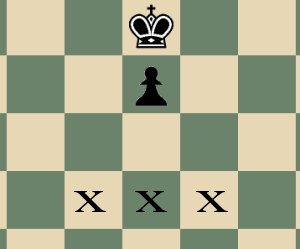
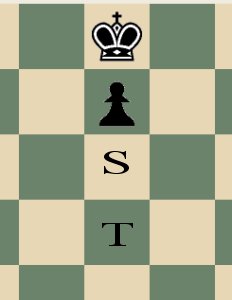
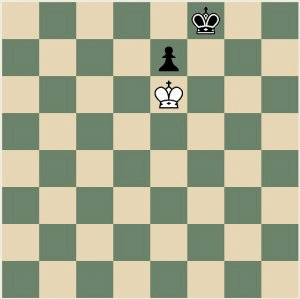
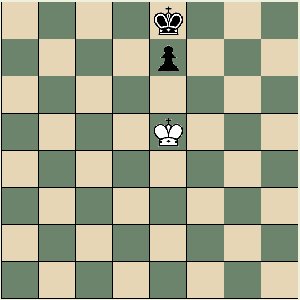
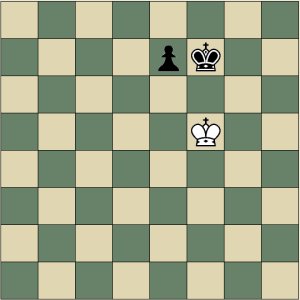
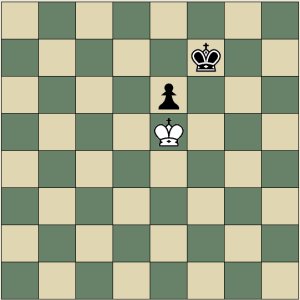
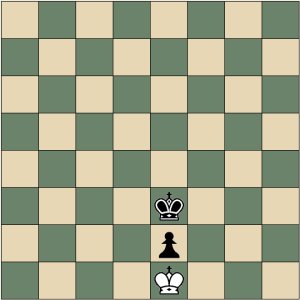
Can I avoid stalemate if I am left with a King, a bishop and a rook while the opponent has just got a King.
Thanks for the help
Yes, you can avoid stalemate with those pieces. You have to be careful though. It is possible to set up a stalemate with a King, Rook, and Bishop against a King.